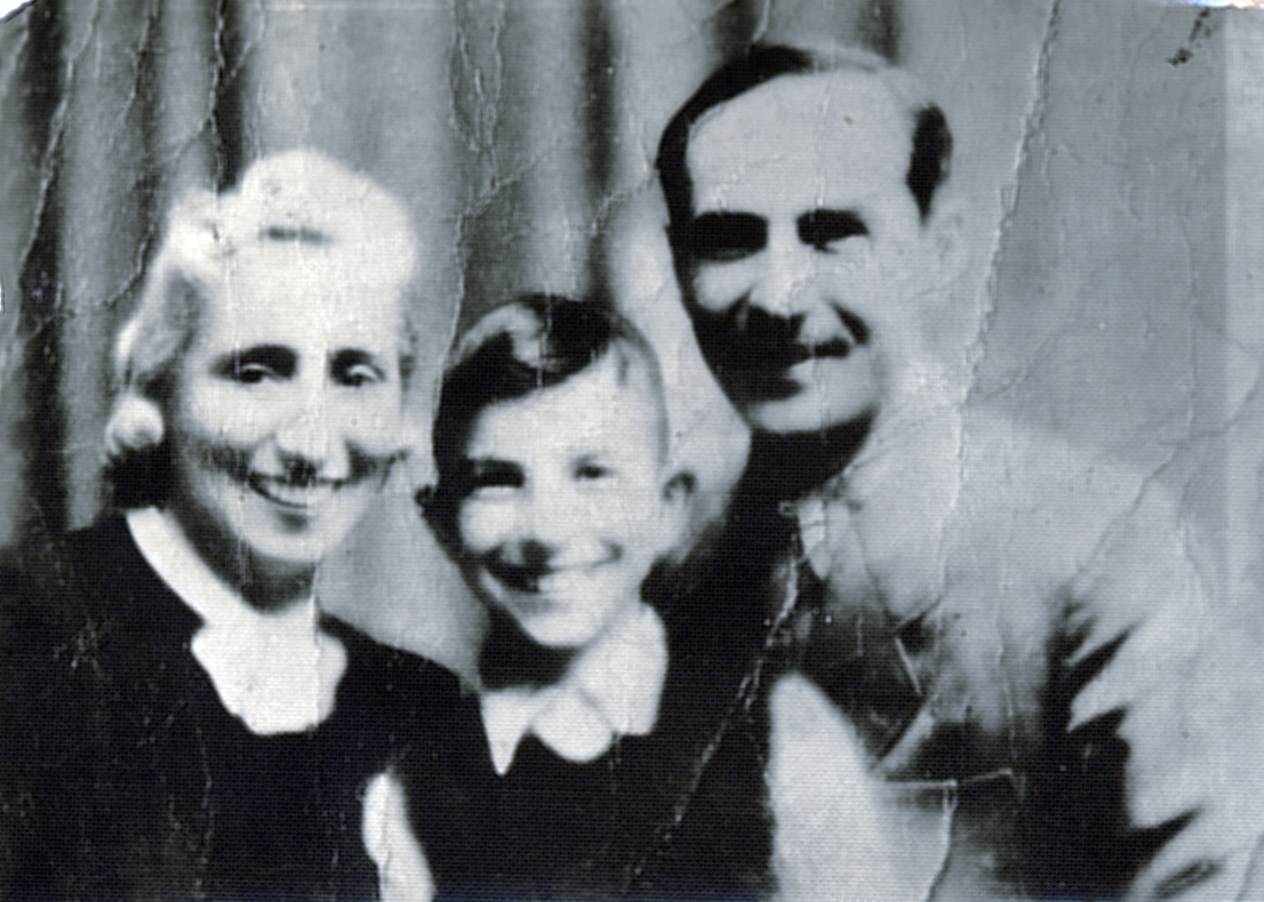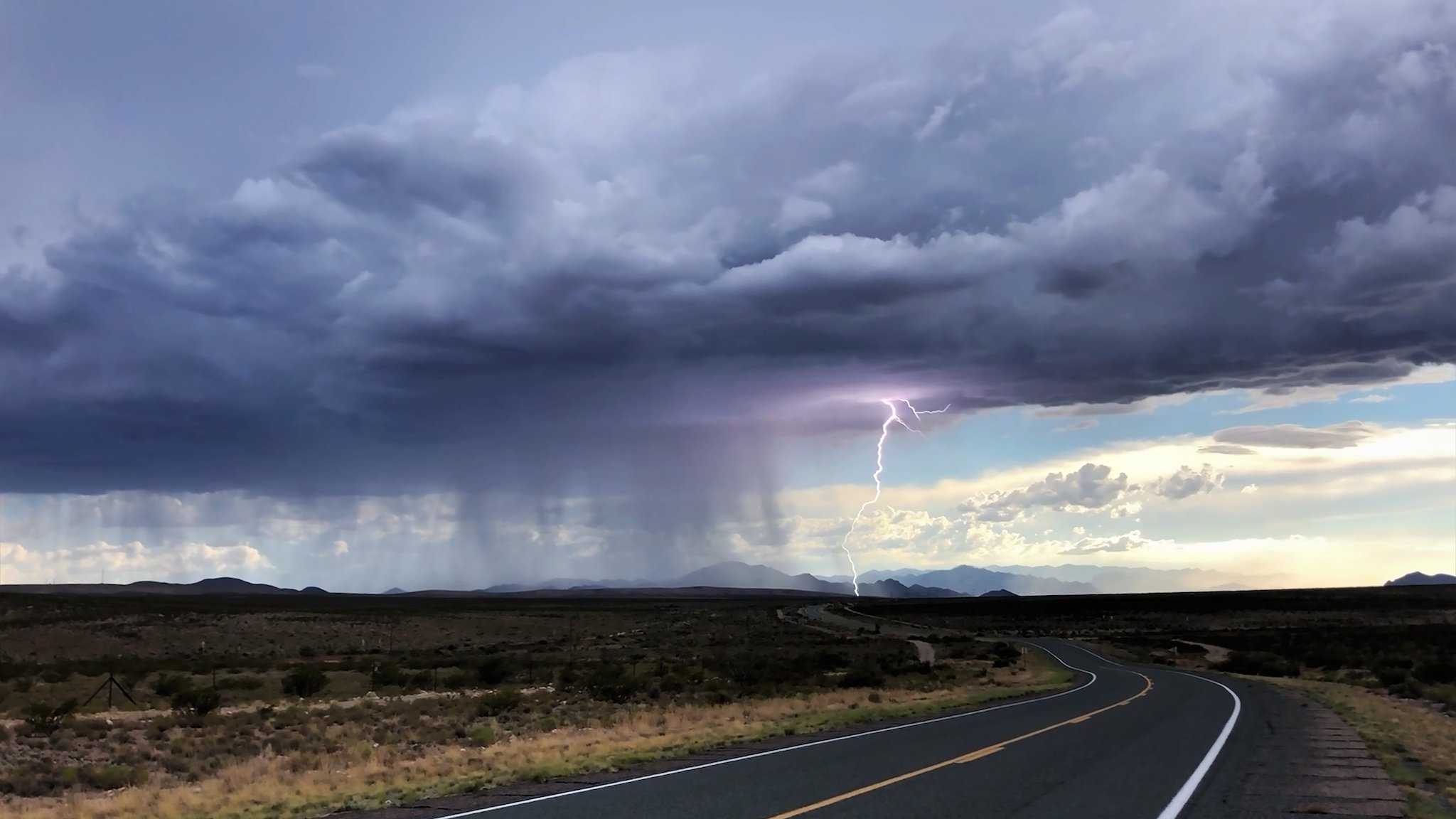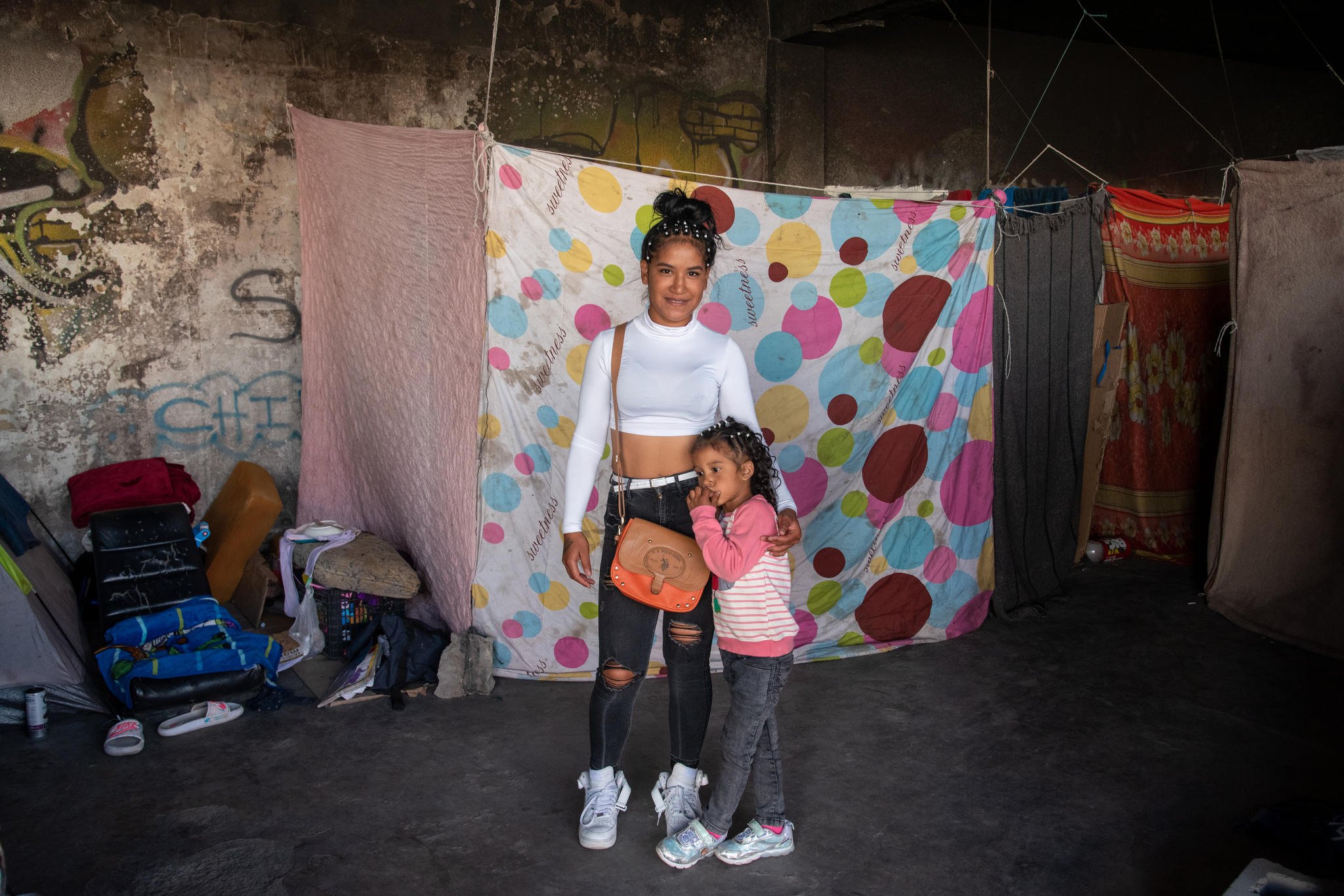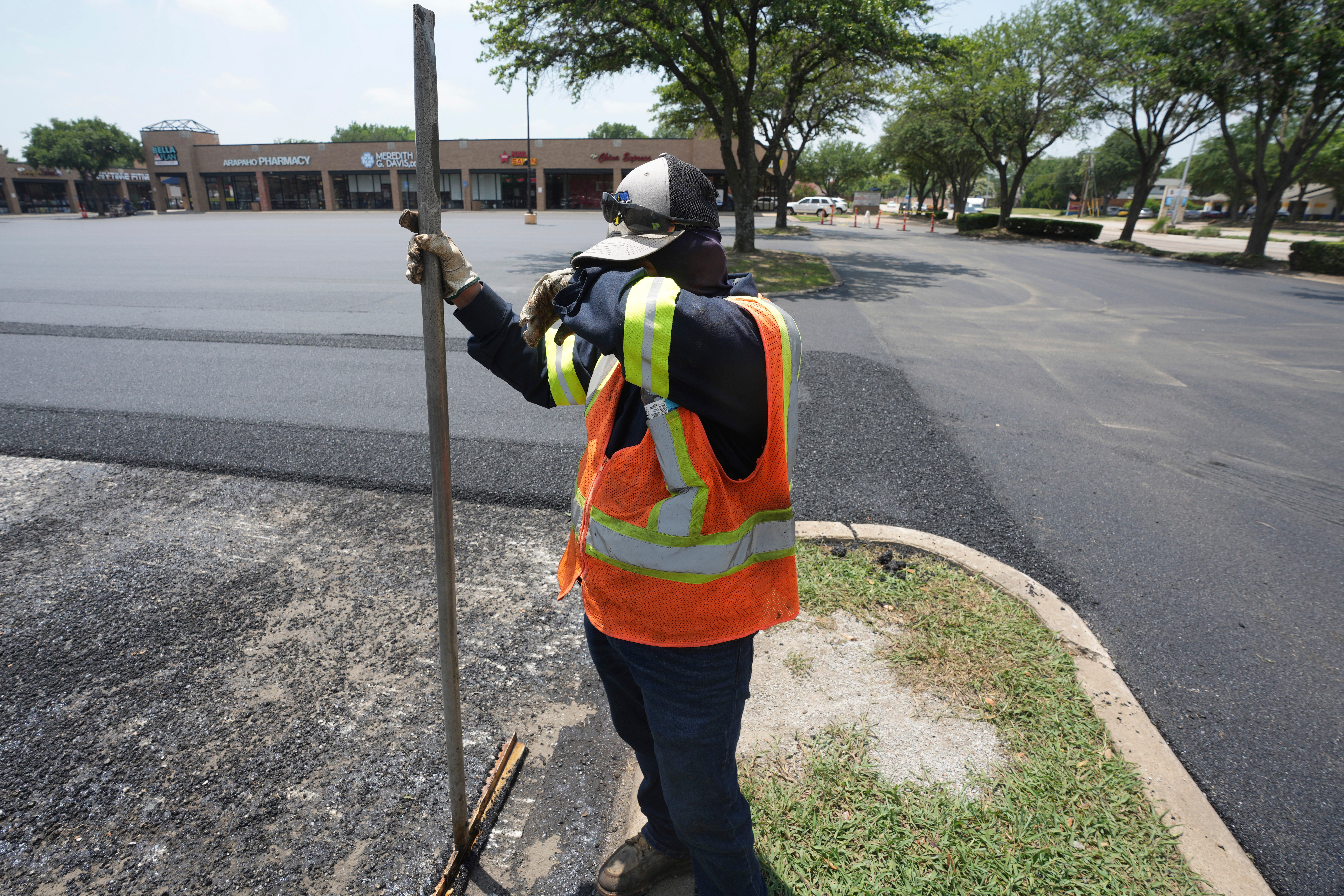
In El Paso, a Holocaust Museum and a ‘Rebirth’ of Faith
January 27 is Holocaust Remembrance Day. El Paso and a handful of other Texas cities are home to museums that educate on racism and connect the community.
Six months before the Soviet Army liberated Auschwitz on January 27, 1945, they liberated Henry Kellen.
It was July 31, 1944. Henry, his wife Julia, and 8-year-old nephew Jerry had been hiding along with five other Jews in a hole beneath a barn near Kovno, Lithuania. “For three months, we didn’t eat a thing. We just had water to drink,” Kellen said. “Knowing that liberation was getting close—that was our food.”
Two years later, on July 4, 1946, Henry, Julia, and Jerry arrived in El Paso. Like most of North America, El Paso enjoyed a post-war economic boom, and the population grew from 96,000 to 131,000 by 1950. Henry operated several successful clothing stores in town, providing jobs for dozens of people. He helped build a house of worship. And he lived a long life dedicated to education and tolerance.
Henry’s contributions to Texas and the city of El Paso are many. But today—as the world recognizes Holocaust Remembrance Day—Henry is remembered as the founder of the El Paso Holocaust Museum, one of Texas’ first institutions to document the Nazis’ atrocities.
Distant from major cities with large Jewish populations, El Paso is an unexpected place for an education center devoted to the Holocaust. With an estimated population of fewer than 5,000 Jews out of 800,000 residents, the El Paso Jewish community enjoys two synagogues, a K-8 school, a kosher food market, and a Chabad House.
“Ours is an aging Jewish community, but we’ve seen a rebirth in recent years in terms of engagement within our faith and the El Paso community,” said Robert French, executive director of the Jewish Federation of El Paso.
The Federation supports summer camps, adult learning programs, heritage dinners, and a new Jewish Film Festival. After the August 2019 mass shooting at Walmart that killed 23 and injured at least 26, the Jewish Federation of El Paso paid expenses for the Israel Trauma Coalition to travel from Israel and train local faith leaders to respond and counsel their constituents.
“Obviously, Israel has a lot of experience in coping with terrorism, so we felt this was something we could do to provide a vital service and strengthen our relationship with the larger El Paso community,” French said.
Although the El Paso shooter did not target Jews or include antisemitic remarks in his social media postings, the Jewish people of El Paso felt the fear. Indeed, it was a growing awareness of hate and Holocaust denial that led Henry to begin talking about his personal experience and to begin building what would become the El Paso Holocaust Museum in 1984. Henry died in 2014, two days before his 99th birthday. But he is among nearly two dozen Holocaust survivors who settled in El Paso after WWII whose stories are now documented at the museum.
“I know Henry would be heartbroken to hear and see some of the things that have occurred in our country in recent years,” said Jamie Flores, executive director of the El Paso Holocaust Museum. “But Henry’s response was education, education … Today, we see our museum as a force to educate and connect people to current events, to antisemitism, to racism and to bring understanding to these difficult topics.”
In videotapes, Kellen recounts his experience surviving the Holocaust. “Your stomach shrinks over time, so it’s very painful in the beginning,” Kellen recounted on tape, “but once you get used to it, you can survive with very little food.” Many of El Paso’s 25,000 school children, whose curriculum includes a visit to the Holocaust Museum, hear his sobering stories each year.
The dramatic contrast of red and black in the propaganda exhibits (the colors of the Third Reich) helps establish the perilous tone for what visitors will see when exploring the museum. On display are shower heads from Majdanek, a concentration and extermination camp near Lublin, Poland, where the Nazis gassed people to death with hydrogen-cyanide distributed through the showers. Visitors to the exhibit tend to view it in stunned silence.
Both kids and adults are intrigued by the Hollerith Census Machine on display, an IBM product that many historians say allowed Nazis to become efficient at unearthing Jewish relationships in Germany and occupied portions of Europe. Considered the world’s first supercomputer, the Nazis were so impressed with its capabilities that they opened a factory to produce more in Germany during the war. Another item on display is a Torah that was hidden away in an attic during the war in rural Poland before being discovered and brought to El Paso by Henry.
Some of these exhibits are relatively new; an electrical fire in 2001 destroyed the original museum and many of its exhibits. The new museum opened in 2008 just north of downtown and the city’s arts district. Admission is free.
This isn’t the only Holocaust museum in Texas. At about the same time Henry envisioned his museum in 1984, a similar effort was underway in Dallas. The Dallas Holocaust and Human Rights Museum has a dual focus: the Holocaust and the global emergence of human rights campaigns following the war. The museum also takes a deep look at the American experience of intolerance, hatred, and injustice.
On the Gulf Coast, the Holocaust Museum of Houston devotes much of its space to classrooms and research. Opened in 1996 and expanded in 2019, the museum is the fourth largest in the United States and, like El Paso’s, is fully bilingual. The Houston museum shows diaries written by young people during the war as well as the artwork of Samuel Bak, a Lithuanian-American painter who survived the Holocaust and now lives in Boston. Admission is free on Jan. 27.
In San Antonio, where 65 Holocaust survivors settled after WWII, the Holocaust Memorial Museum of San Antonio educates thousands of students each year. Admission is free every day.
Top image: Henry, Julia, and Jerry Kellen



